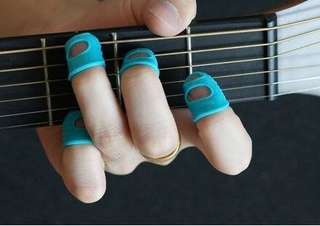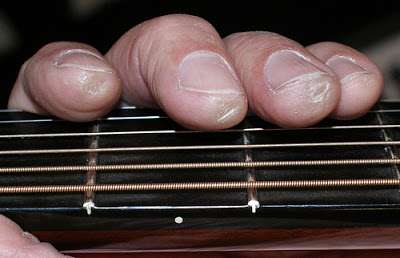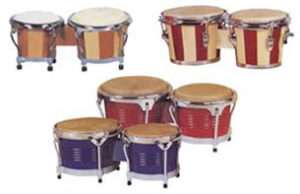
Calluses and pain from the guitar
Contents
The problem haunts novice guitarists. Experienced players assure: in the first lessons, the fingertips will ache, and it becomes difficult to practice. The pain continues for several days during the week. If you do not interrupt classes, the resulting calluses become invisible, help you play for hours.
After a long break, the calluses disappear, but when classes resume, they reappear.
How to relieve pain when playing guitar
Class frequency
 It is recommended to practice more often, but in small segments – 10-20 minutes. You should play several times a week, and not skip classes and try to catch up on 7 days of playing for 5 hours.
It is recommended to practice more often, but in small segments – 10-20 minutes. You should play several times a week, and not skip classes and try to catch up on 7 days of playing for 5 hours.
String Gauge
The optimal caliber is Light 9-45 or 10-47. A beginner needs to purchase an instrument where the strings are not thick and not “heavy” – they are rough, rubbing a large area on the pad. It is recommended to take strings marked Light for a classical instrument, “nine” – for a western or dreadnought , and “eight” – for an electric guitar.
String types
 For beginners, steel strings and an acoustic guitar are recommended – thanks to a combination of such conditions, a beginner gets used to the instrument faster. The appearance of calluses depends on the diligence, the playing style of the musician and the time spent on the instrument.
For beginners, steel strings and an acoustic guitar are recommended – thanks to a combination of such conditions, a beginner gets used to the instrument faster. The appearance of calluses depends on the diligence, the playing style of the musician and the time spent on the instrument.
String Height Adjustment
The height of the anchor should be adjusted so that the fingers do not “burn” after playing. The optimal height makes it easy to clamp the strings. In addition, you do not need to be zealous when clamping the strings: you should find the right degree of clamping so as not to overstress your fingers.
How to protect your fingers when playing guitar
If the pain is uncomfortable, alternative methods are recommended. You can reduce finger pain while playing the guitar by soaking your fingers in apple cider vinegar for half a minute. The pads are cooled with ice, for anesthesia with drugs it is recommended to contact specialists.
What Not to Do
The main thing is to exercise in moderation. If the pain interferes with the game, you should put the instrument aside for several hours, then return again. It is not necessary to press the string strongly against the fret – this is the main mistake of beginners. Over time, the degree necessary for the desired pressing on the fret will be developed .
If the pain continues, do not play in spite of, it is better to give your hands a rest.
 With the appearance of calluses from the guitar, it is prohibited:
With the appearance of calluses from the guitar, it is prohibited:
- use superglue as a protective layer;
- play when the skin is steamed from heat;
- moisten unnecessarily fingers;
- use caps for fingers;
- plasters, electrical tape;
- tear off calluses, bite or cut them.
Hardened skin will help with the game in the future.
Stages of the appearance of corns
 In the first week there is pain in the fingers after the game. It is important to correctly alternate exercise with rest. In the second week, the pain is no longer burning and throbbing, it decreases .
In the first week there is pain in the fingers after the game. It is important to correctly alternate exercise with rest. In the second week, the pain is no longer burning and throbbing, it decreases .
This time is devoted to the study of chords on thick strings. After a month, the corns are removed on their own, and the resulting layer will help you play for hours.
FAQ
| How much time to devote to classes? | 30 minutes or an hour a day. |
| How not to lose motivation? | Set yourself short-term goals; present your performance on stage. |
| What to do so that the fingers do not hurt? | Play often, but not for long. Give your hands a rest. |
| What to do if your fingers hurt? | Give them a rest, cool. |
Summing up
Guitar calluses are a common occurrence among beginners. They disappear on their own within a month. To keep your fingers from hurting, you need to play every day for 20 minutes. You also need to learn how to press the frets with optimal force.




